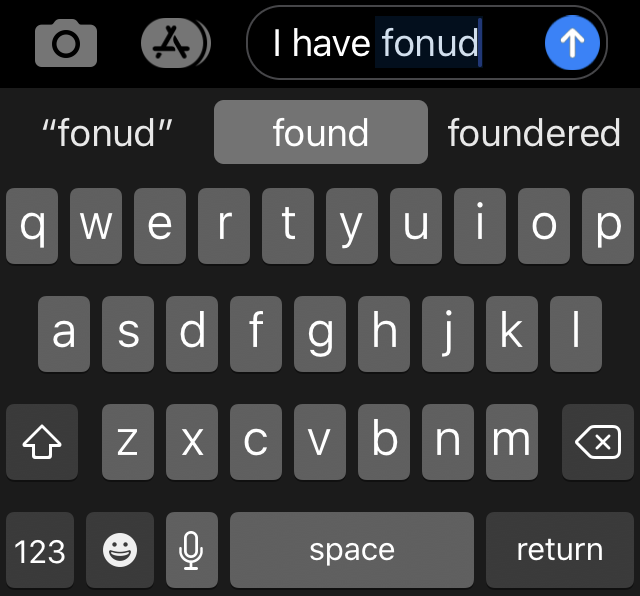Interesting question as I head into the second week of these posts: How long is this sustainable? Someone asked me this during the week that I started, and I realized that I had very little exit strategy. I guess I figured that I would conclude on the day that we re-emerge like Chilean miners trapped beneath the earth. However, as that day appears to be more and more distant, and also the real possibility exists that there will not be a hard stop by a rolling ending to our confinement, I will have to examine this in the days and weeks ahead (I’m sure if I continue in as depressing a vein as yesterday, some would prefer that I finish now). So what I’m saying today is that I will do this for 30 days if we are in for that long, and then I’ll reassess.

Today I want to talk about a topic I’ve been thinking of writing about for some time. It is indisputable that as we work with tools to shape our world, our tools are simultaneously shaping us. This is certainly true of digital tools that have given us abilities and opportunities beyond anything we have had before, but have also changed our habits and our thinking. Nowhere can this be more clearly seen than with autocorrect.
The autocorrect feature allows us to type more quickly on a digital keyboard by anticipating the words that we are typing and offering to complete them or to correct spelling once a word is done. It is a convenience given the challenges of typing on a tiny phone keyboard. Though many find this feature annoying and troublesome, the more one texts (which we are doing more than ever these days) the more one begins to integrated it into typing patterns. And with the convenience comes the cost of the autocorrect fail.
There are actually two types of autocorrect errors, one obvious and one less so. The first is what most think of when hearing the name; the machine substitutes an unintended word for what was typed. Everyone has had this frustration as we repeatedly retype our intended word or phrase, only to have it incorrectly corrected multiple times (if I had meant for you to go duck yourself…). When the miscorrection is missed, we send texts that are confusing and sometimes hilarious. This happens so often that we have developed the protocol of typing just the mistaken word or words in the following text message, and the reader knows to reread the correction into the original. No machine is perfect, and we accept the limitations for the convenience.
The second type of autocorrect fail is one which I see more and more, at least in my own writing, and one which is far more interesting to me. This fail is when we type something incorrectly, knowing it is incorrect, and assume that autocorrect will fix it, but it doesn’t. This is often true with spelling errors. We are not certain about spelling, so we type in an approximation and continue typing, usually sure that the correction must have occurred. This is done because we have learned that most of the time, this works, and only after we notice only after it is sent and curse the autocorrect feature for its error. These errors are often more frustrating than the first type, because these are truly our own, and while we blame the machine, we are blaming it for our own mistakes.
The second type of error is more interesting to me than the first, because it illustrates the principle that tools shape us. In the first incident, we are using a yet-imperfect tool, and the imperfections show when our demands are greater than current capacity. However, the second type of error suggests that we are actively doing less, relying on the tool to do more than a typewriter ever could, and our reliance on this ability results in errors.
As with most human behavior and all machine activity, this is neither good nor bad, it just is. I’m certain there is a tendency toward judgment about “lazy” writers who don’t take the time to look up the spelling of a word. However, I see it as evolution of the way we communicate, anticipating abilities that are there, but not fully there yet. As we communicate more than ever through new tools, while we adjust the tools to do this more correctly, the tools are simultaneously adjusting us to use them more fully.
Be safe, be strong.
I love it when you talk language to me.
Like many things in post-Bush I, I find it annoying that some powers suggest I need a comma after using the word “However.” I would much rather they enforced the Oxford comma. Spelling? Spelling changes, not always for the best.